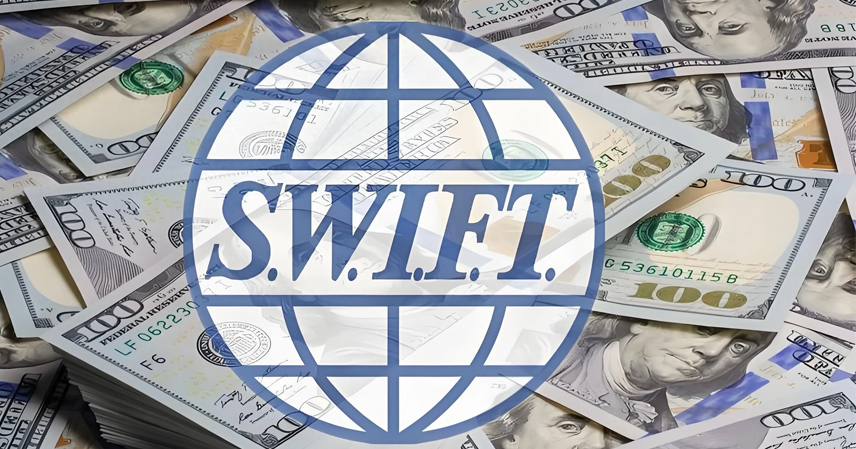Rising Trade Tensions: From Tariffs to Financial Threats
The China–U.S. trade war, which began in 2018 under Donald Trump, has evolved far beyond tariffs. What started as a dispute over intellectual property and trade imbalances has turned into a multi-front contest involving semiconductors, electric vehicles, and now finance.
After years of tit-for-tat tariffs, the situation remains tense. In 2025, Washington announced plans to impose 100% tariffs on nearly all Chinese imports, while Beijing responded with export restrictions on rare earth materials and expanded local-currency settlements — echoing Russia’s financial resilience strategy after Western sanctions.
Recent trade data show that despite the escalating rhetoric, bilateral trade reached $688.3 billion in 2024, with China maintaining a sizable surplus. But now, Trump’s latest threat — to restrict Chinese banks’ access to SWIFT — could push the standoff into uncharted territory.
What Is SWIFT and Why It Matters
The Society for Worldwide Interbank Financial Telecommunication (SWIFT), founded in Belgium in 1973, serves as the backbone of global financial messaging, connecting over 11,000 institutions in 200 countries and processing more than 40 million messages daily. Around 90% of international transactions rely on it.
For China, whose trade volume accounts for roughly 15% of the world’s total, SWIFT plays a crucial role. Cutting Chinese banks off from this network would cripple cross-border payments, slow trade settlements, and raise transaction risks across Asia and beyond.
However, the SWIFT network is not controlled solely by the U.S. Its 25-member board includes 17 European representatives, only 2 from the United States, and 1 from China. Decisions require broad consensus, meaning Washington cannot unilaterally expel Chinese institutions without European support.
Why SWIFT Sanctions Are a Double-Edged Sword
The U.S. has used SWIFT restrictions before — most notably on Iran in 2012 and Russia in 2022 — to devastating effect. Iran’s oil revenues fell by half, and its economy contracted by 6%. Russia’s ruble plunged 40% after being partially excluded, and its GDP shrank by 3.5%.
But China is not Russia or Iran. It is the world’s second-largest economy, a vital trade partner for both Europe and the U.S. Cutting China off from SWIFT would likely hurt Western economies as well. Over 50% of goods on U.S. retail shelves are made in China, and many European manufacturers — especially Germany and France — rely on Chinese demand.
If the SWIFT connection were severed, U.S. import prices could surge 20–30%, disrupting supply chains and fueling inflation. Moreover, many American exports, including agricultural and aerospace products, are paid through the same network.
The Geopolitical Gamble: Would the U.S. Go That Far?
Reports from the Wall Street Journal and Lianhe Zaobao describe SWIFT sanctions as the “financial nuclear option.” Trump’s team is reportedly drafting sanctions that could target major Chinese banks if trade talks collapse.
Analysts warn that such an extreme move would not only fail to bring Beijing to the negotiating table but also accelerate global de-dollarization. After the Russia–Ukraine war, the share of renminbi in international settlements rose from 1.9% in 2022 to 6% in mid-2024, as more countries turned to local currency trade to hedge against U.S. financial power.
By weaponizing SWIFT against China, the U.S. risks pushing the world toward a fragmented financial order, where regional payment systems and digital currencies gain ground at the expense of the dollar’s dominance.
The Bottom Line
While the threat of cutting China off from SWIFT makes for a powerful bargaining chip, the economic blowback would be enormous. Europe, U.S. consumers, and global supply chains would all feel the shock.
Unless both sides find common ground soon, the next phase of the China–U.S. standoff might not just be about tariffs or chips — but the very architecture of global finance.
References
- Wall Street Journal (2025). Reports on potential U.S. sanctions targeting Chinese banks.
- Lianhe Zaobao (2025). Analysis of U.S. financial strategy against China.
- SWIFT Official Website. Network overview and governance structure.



